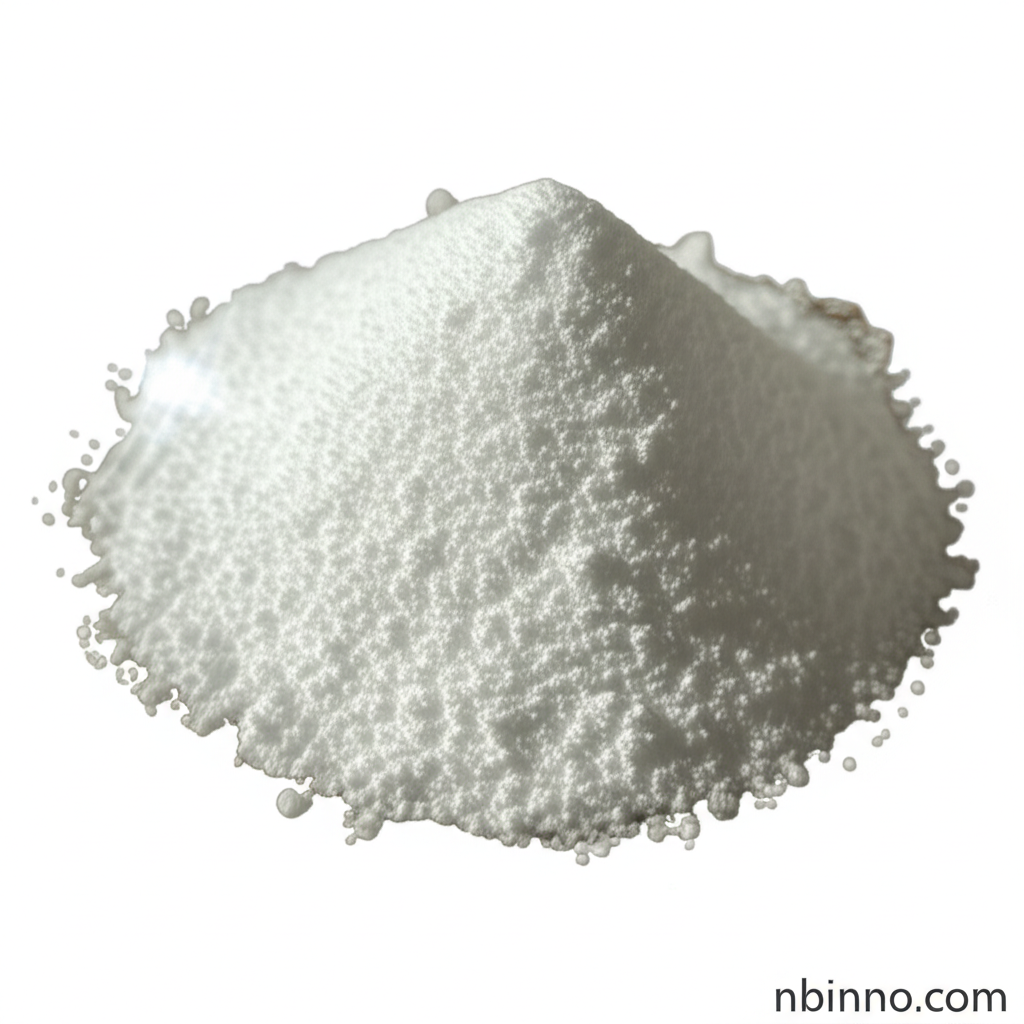Harmine HCl Powder (CAS 343-27-1): MAO-A Inhibitor for CNS & Beta Cell Research
Discover Harmine HCl Powder (CAS 343-27-1), a versatile β-carboline alkaloid, driving breakthroughs in neuroscience, metabolic health, and cutting-edge pharmaceutical research. Your essential compound for advanced scientific exploration.
Get a Quote & SampleProduct Core Value

Harmine HCl Powder
Harmine HCl Powder, a significant β-carboline alkaloid, is pivotal for researchers worldwide. Known for its potent biological activities, it acts as a central nervous system modulator and a key enzyme inhibitor. Its applications range from fundamental neuroscience studies to advanced drug development, offering insights into neurodegenerative diseases, metabolic disorders, and beyond.
- Potent MAO-A inhibitor: Harmine HCl is a highly effective reversible inhibitor of monoamine oxidase A (MAO-A), making it a crucial compound for studies on neurological and psychiatric conditions. Researchers looking to buy Harmine Hydrochloride Dihydrate for such studies will find its purity exceptional.
- Selective DYRK1A kinase modulation: As a competitive inhibitor of ATP binding to DYRK1A, Harmine HCl holds immense promise for research into pancreatic islet cell proliferation and potential diabetes therapies. Explore our Harmine DYRK1A inhibitor price for high-quality research materials.
- Diverse pharmacological effects: Beyond its primary targets, Harmine HCl exhibits anti-bacterial, anti-inflammatory, and cardiovascular protective properties, offering a broad spectrum of research avenues. Find reliable Harmine HCl powder supplier for your multi-faceted research needs.
- Natural origin and high purity: Extracted from Peganum harmala seeds, our Harmine HCl ensures a natural basis with a high purity level of >98%, meeting stringent research standards. We provide pharmaceutical grade Harmine HCl for your most critical experiments.
Product Advantages
Unparalleled Research Efficacy
Harmine HCl's well-documented inhibitory effects on MAO-A and DYRK1A provide researchers with a highly effective tool for targeted biological investigations, supporting advanced neuropharmacology research solutions.
Versatility Across Disciplines
From exploring central nervous system pathways to studying pancreatic cell regeneration, Harmine HCl’s broad activity spectrum makes it indispensable across various scientific disciplines, including diabetes and metabolic disorder research.
High-Purity for Reliable Results
Our commitment to delivering pharmaceutical-grade Harmine HCl ensures consistent purity, minimizing experimental variability and maximizing the reliability of your research outcomes. For those seeking a trusted Harmine HCl powder supplier, our quality is paramount.
Key Applications
Neuroscience Research
Harmine HCl is invaluable for investigating central nervous system functions, particularly its role as an MAO-A inhibitor in mood regulation and neurodegenerative diseases. Many laboratories seek to buy Harmine Hydrochloride Dihydrate for these critical studies.
Metabolic Health & Diabetes Studies
Its unique ability to induce pancreatic alpha and beta cell proliferation positions Harmine HCl as a key compound in the development of novel diabetes treatments and metabolic disorder research chemicals.
Antimicrobial & Anti-inflammatory Investigations
Researchers leverage Harmine HCl's antibacterial and anti-inflammatory properties to explore new therapeutic strategies against various pathogens and inflammatory conditions. Reliable Harmine HCl powder supplier are essential for this research.
Fluorescent pH Indicator & Imaging
Beyond its biological effects, Harmine's natural fluorescence makes it a useful fluorescent pH indicator and a valuable tool in PET imaging for studying MAO-A dysregulation, expanding its application in advanced research.
